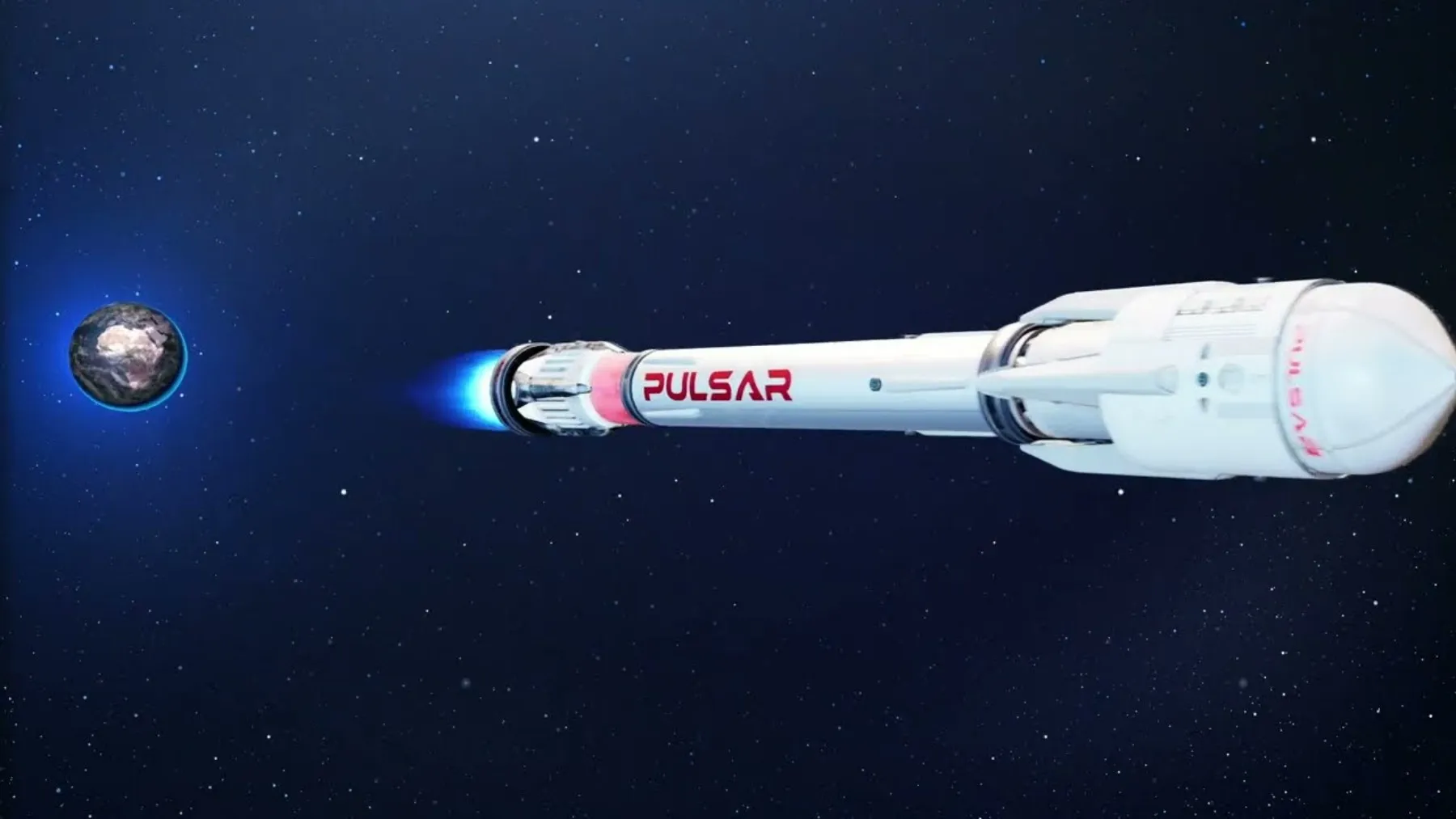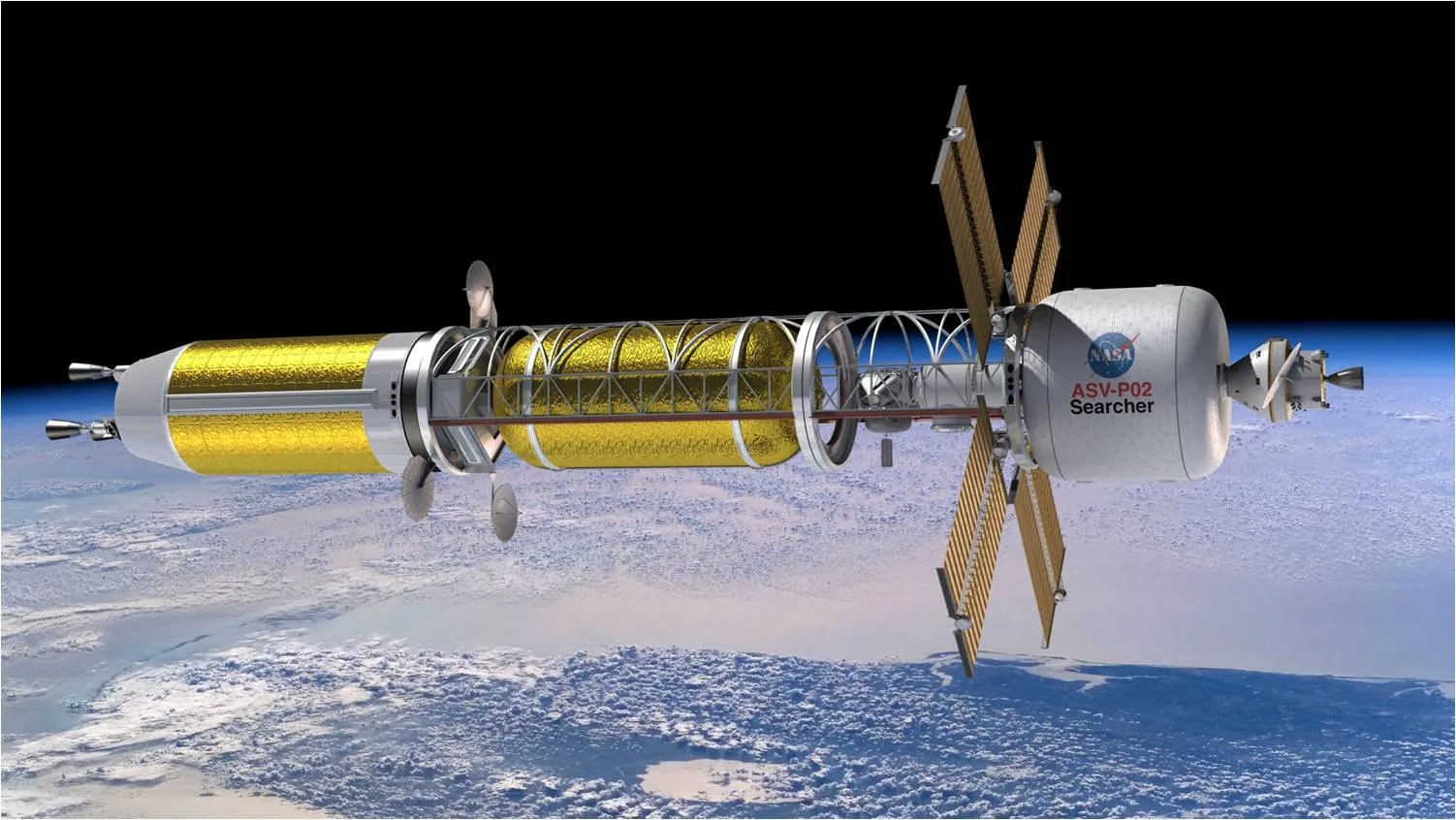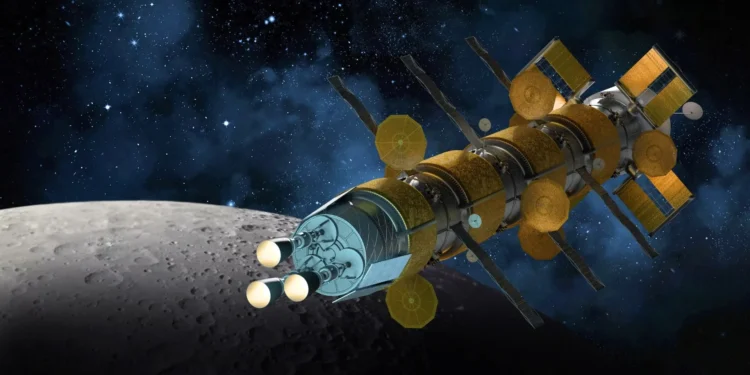In a groundbreaking development, a British startup, Pulsar Fusion, has unveiled its audacious plan to revolutionize space travel with the power of nuclear fusion. The company claims that its cutting-edge concept for a fusion-powered space rocket, dubbed Sunbird, could potentially halve the time it takes to travel to Mars, opening the door to deeper space exploration.
The concept, although still in the theoretical stage, has caught the attention of space enthusiasts and experts alike. Pulsar Fusion’s Sunbird rocket aims to harness the same energy process that powers stars, nuclear fusion, to propel spacecraft through the void of space. The implications of successfully achieving this feat are nothing short of extraordinary.

Pulsar Fusion’s founder and CEO, Richard Dinan, explained the core idea behind the innovation, stating, “It’s very unnatural to do fusion on Earth… Fusion doesn’t want to work in an atmosphere. Space is a far more logical, sensible place to do fusion, because that’s where it wants to happen anyway.”
While it may sound like science fiction, the company believes that harnessing fusion in space is not only plausible but is the key to dramatically improving space travel efficiency. According to the UK Space Agency-backed startup, achieving this technological breakthrough could dramatically reduce the time it takes to journey to Mars, making interplanetary travel much more feasible.
The Science Behind Nuclear Fusion in Space
Unlike traditional rocket engines that rely on the propulsion created by splitting atoms (fission), fusion energy works by combining lighter elements into heavier ones. This process, which powers our Sun, releases an immense amount of energy. For decades, scientists on Earth have struggled to replicate this process, dealing with extreme heat and pressure to get fusion reactions started.
However, as Dinan points out, space presents a unique opportunity to explore fusion more effectively. “In space, you don’t have to fight the constraints of Earth’s atmosphere. Fusion reactors like our Sun are naturally occurring, and the conditions in space could make the process far more achievable,” he explains.

Pulsar’s rocket would use helium-3, an expensive and rare isotope, as fuel. The fusion reaction would generate a “nuclear exhaust,” which would propel the rocket forward. The company envisions the possibility of fusion-powered space stations serving as refueling points for spacecraft during long journeys. This system could drastically reduce the dependency on traditional chemical-based propulsion, ushering in a new era of space travel.
Sunbird’s Potential and Challenges Ahead
The Sunbird rocket, which will measure approximately 100 feet in length, will be equipped with tank-like armor plating to protect it from cosmic radiation and micrometeorites. However, this innovative technology comes with a hefty price tag. Each Sunbird rocket is expected to cost upwards of $90 million, a large portion of which is attributed to the highly specialized helium-3 fuel.
For Pulsar Fusion, the next major milestone will come in 2027, when the company plans to test a “linear fusion experiment” to evaluate the critical components of the fusion propulsion system. If successful, a fully functional prototype could be completed within four to five years — assuming the company secures the necessary funding.
Dinan, who remains optimistic about the future, noted during a recent space convention, “If we are going to be the species that actually gets to other planets, then exhaust speeds are pretty much the most important thing. In terms of what can be [theoretically] produced in exhaust speeds, fusion is king.”
The implications of Pulsar Fusion’s technology extend far beyond a faster trip to Mars. If successful, this nuclear fusion-powered propulsion system could make space travel to other distant planets and moons much more feasible, laying the groundwork for humanity’s next big leap into the cosmos.

Pulsar’s long-term vision involves the creation of a “gas station-like” system in space, where fusion-powered rockets could travel back and forth between Earth, low Earth orbit, and Mars. Such a system would not only reduce the need for traditional fuel sources but also pave the way for routine interplanetary travel.
But while the dream of fusion-powered space travel is within reach, there are still significant hurdles to overcome. From technological challenges to funding issues, Pulsar Fusion faces an uphill battle. However, if their ambitious plan succeeds, the company could revolutionize space travel as we know it and play a key role in humanity’s efforts to explore the farthest reaches of our solar system.










